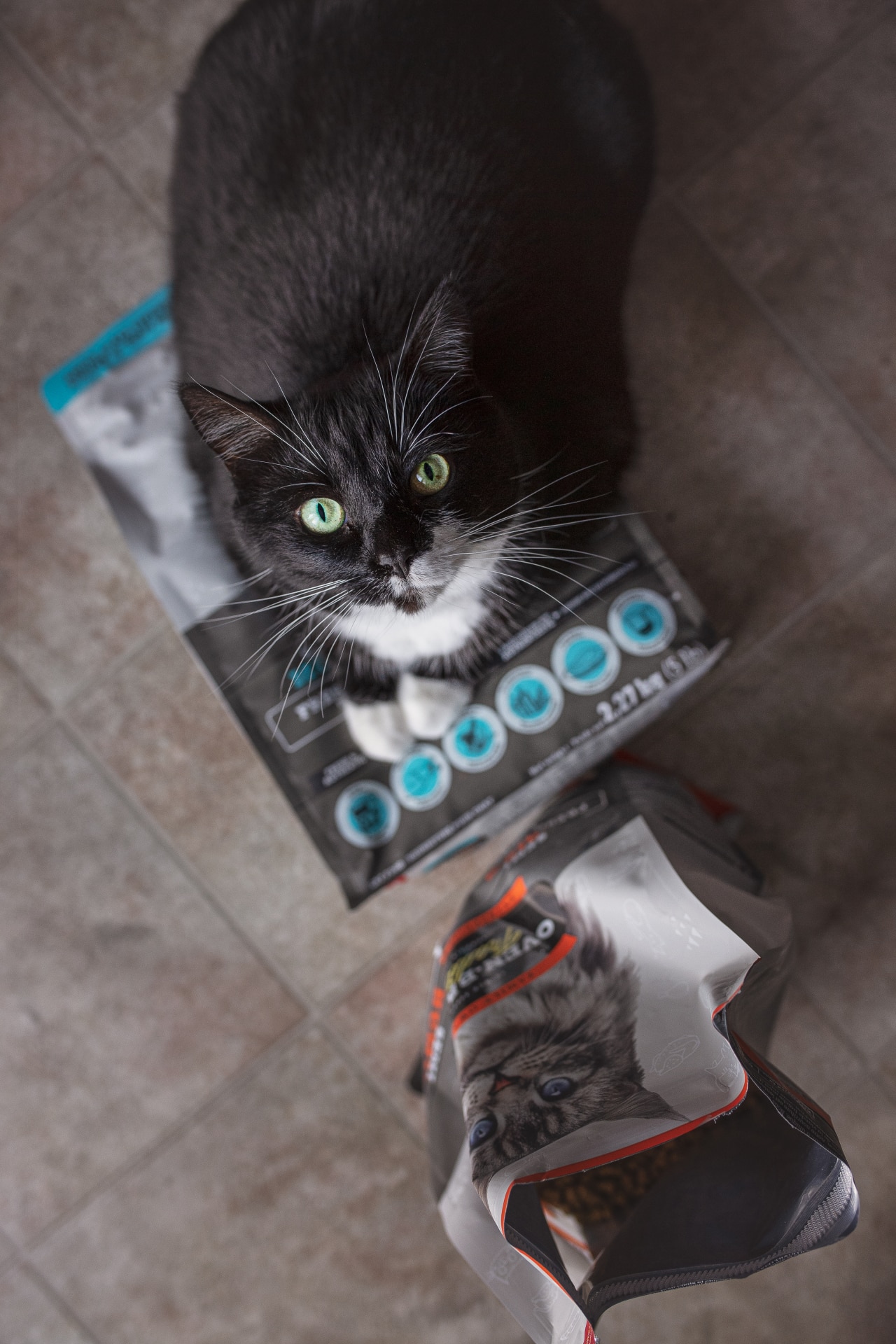Some dogs have excessive reactions when they are in some situations: they are terrified and fear for their life. These dogs are defined as “reactive”. They do not feel safe and they react by showing aggressive behaviors to make the threatening person (or dog, or car) go away or by running away. The typical fight or flight dilemma. When the dog is leashed, it can feel trapped and unable to run away, hence why dogs on leash are usually more reactive.
Most current reactivity problems come from a lack of socialisation. Socializing a dog is important so that it can learn that new things or situations are not dangerous and then be able to develop the right skills to adapt to any situation without feeling scared. Some periods are more critics for socialisation: puppies and teenage dogs go through phases when they revaluate themselves, are more insecure and therefore more prone to fearful reactions.
Socialisation must happen throughout the dog’s life: one cannot expect a dog to accept strangers, human or canine, if it has not met any for a long time, even if it was well-socialised in its puppy years. Dogs also classify things as “known” or “unknown”. A dog can enjoy time with its doggy friends every day but become very fearful of unknown dogs. Socialisation is about developing skills to become trustful in new encounters.
So what can you do if your dog is already scared of something or someone? You need to develop a positive association with the presence of that thing or that person.
For instance, if your dog is afraid of strangers, then you need it to feel as though the presence of unknown people brings good things to it. If your friends can help, then that is terrific, but you can also ask the help of “real” strangers as long as they are willing to cooperate by following your directions and keeping their distance when needed so that no accidents happen. At first, have the stranger stand, or even sit, but at least not move, so that he is the least threatening to your dog, and then begin walking closely toward him with your dog on a leash. Reward your dog for not reacting and staying calm. As soon as you feel that your dog is uncomfortable, stop moving forward. Depending on how fearful your dog is, you might have to work on this for several sessions. Be patient, you will be able to get closer and closer, eventually. The level of difficulty can also increase gradually, for instance having the stranger walk or wear something weird.
Never move beyond your dog’s ability to cope with the stressful element. If you move too close and your dog begins to bark, then you are reinforcing the wrong behavior. If this happens, then move away from the threat and reward your dog once it returns to its calmer self. The timing of the treat and reward is very important: you want to reward the action of not reacting and of staying calm, nothing else.
Once you have progressed, you might ask the strangers to throw good treats to your dog, and eventually to even hand them to it. Your dog will eventually link the presence of strangers with very good things happening to it, instead of fearing for its safety.
Remember that dogs are not good at generalising. If you have only practiced with women, don’t assume your dog is not scared of men anymore. Also, a person holding an umbrella can be terrifying for a dog that has never seen such an accessory! You want to practice all kind of different situations in a control setting with your dog so that it becomes more trustful.
The same technique can be used with dogs that are afraid of other dogs. Here too you will want to control the level of difficulty, for instance by picking a small and very calm dog over a bigger one in the first sessions. If your dog is afraid of cars or bicycles, then begin with unmoving objects before progressing to fast-moving and loud vehicles!
You attitude is also very important. If you are nervous, your dog will feel it and perceive it as a good reason to feel nervous itself. To calm your dog, you need to be calm! Also, don’t be impatient and angry at your dog for reacting to something. If you begin screaming at it when it barks at another dog, you are only feeding its anxiety by giving it good reasons to be aggressive toward the threat (“not only am I scared of this dog, but its presence makes my owner very angry and mean to me, hence I need to make it go away FAST” *BARK, BARK, BARK*). On days when you do not feel patient and calm enough, it is better to just skip those training sessions.
You are the person your dog must turn to for reassurance and guidance. By being calm and controlling the environment for it, you are developing its trust toward yourself and enriching your relationship. Also, by making sure it experiences only positive meetings in a controlled setting, you are helping your dog building its confidence toward itself and the world in general. And as you can imagine, this is something that a fearful dog needs more than anything!


